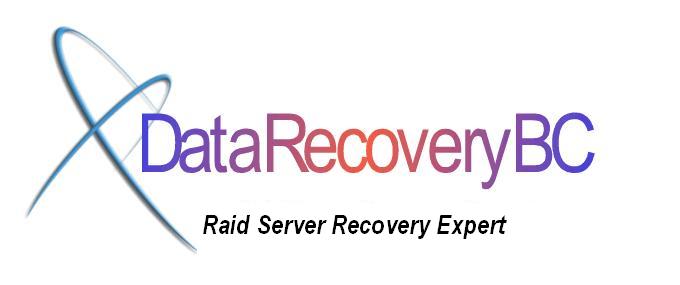Fast and competitive, less than the competitor’s evaluation fee, $1295 for 3-drive raid.
“Oh, my god, it is only quarter of what I paid for an evaluation. Thanks for your fast and affordable service.”
A web host company.
“I am writing to thank you for your work on our Linux RAID5 machine over
Martin Mallinson
the weekend of Oct 20th. It was a very urgent problem for us – we had a
critical deadline to meet and I am pleased to say that with your
assistance that deadline has now been met. We were very happy with the
service you provided and much appreciate that you worked over the
weekend for us.
Please pass on my thanks to your engineering team.”
Director of Design Engineering
ESS Technology
Kelowna BC
Common RAID Recovery Failures:
-
Multi hard drives dead physically in RAID 5 server
“Successful recovery from IBM SQL Raid 5 Server when two hard drives from 6 hard drives died at the same time.” Success Story from Telus. - Single Drive Failure in RAID 5 Server
- RAID System failure
- RAID Configuration Failure
- Physical Disk Failure in RAID System
- RAID Redundancy Failure, such as, parity loss
- Data Striping Corruption or Loss
- Failed Backup Restoration
- RAID Controller Failure
- Unbootable Systems
- Corrupted RAID
- Missing Partitions
- Computer virus and worm damage
- Natural Disaster
-
Human Error
…
Raid Data Recovery from these Raid configuration:
- RAID Level 0 (referred to as striping): data is split across drives.
- RAID Level 1 (referred to as mirroring): 2 hard drives with redundancy by duplicating all data from one drive on another drive.
- RAID Level 2, which uses Hamming error correction codes, is intended for use with drives which do not have built-in error detection. All SCSI drives support built-in error detection, so this level is of little use when using SCSI drives.
- RAID Level 3 stripes data at a byte level across several drives, with parity stored on one drive.
- RAID Level 4 stripes data at a block level across several drives, with parity stored on one drive.
- RAID Level 5 (referred to as striping with distributed parity): distributes parity among the drives.
- RAID Level 6.
- RAID Level 7.
- RAID 0/1 or 10: Dual level raid, combines multiple mirrored drives (RAID 1) with data striping (RAID 0) into a single array.
- RAID 0/3 or 30.
- RAID 0/5 or 50: Dual level raid, combines multiple RAID 5 sets with data striping (RAID 0).
- RAID 1/5 or 51
Experienced in the past on these Raid Manufacturers and storage devices:
- Adaptec
- AMI
- Bus Logic
- Compaq
- HP
- Mylex
- PERC
- Pinnacle
- Promise
- Raidtec
- Software RAIDS
- Storage Dimensions
- Sun
-
3ware
…
Data Recovery from all the Raid servers:
- File servers
- Application servers
- Web servers
- Network attached storage RAID systems
- SAN
-
DAS
…
Work on all the Operating Systems:
- Windows NT
- Windows XP
- Windows 2000 / 2003 / 2008 / 2012
- Windows 7
- Microsoft Exchange
- MS SQL
- Sun Solaris
- IBM AIX HP UX
- LINUX
- UNIX
- Mac
- FreeBSD
- Netware
- VMWare …
